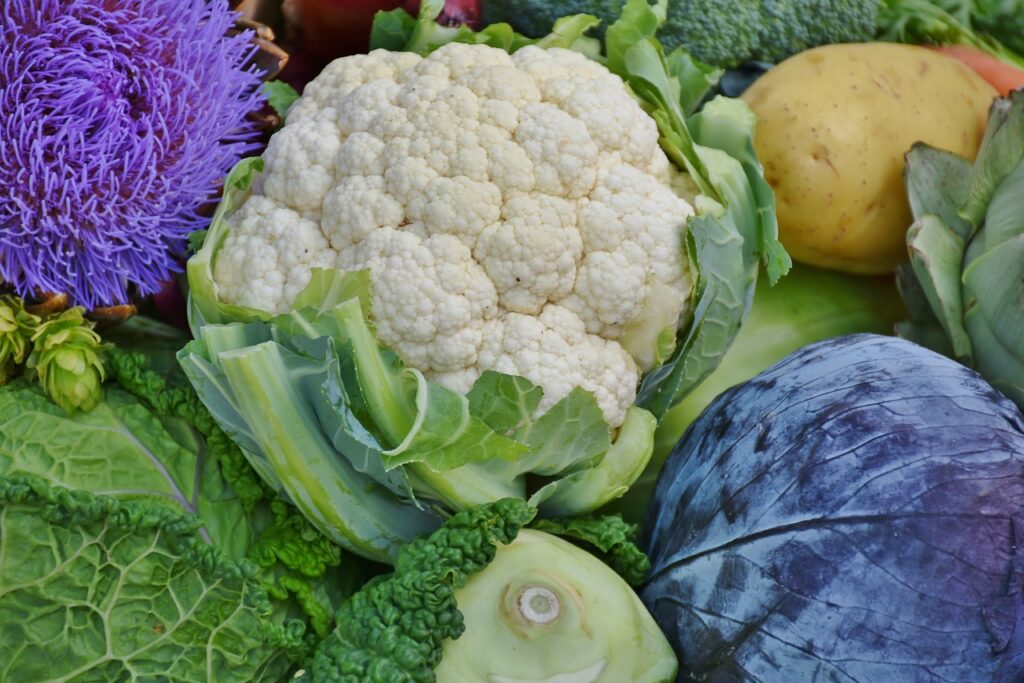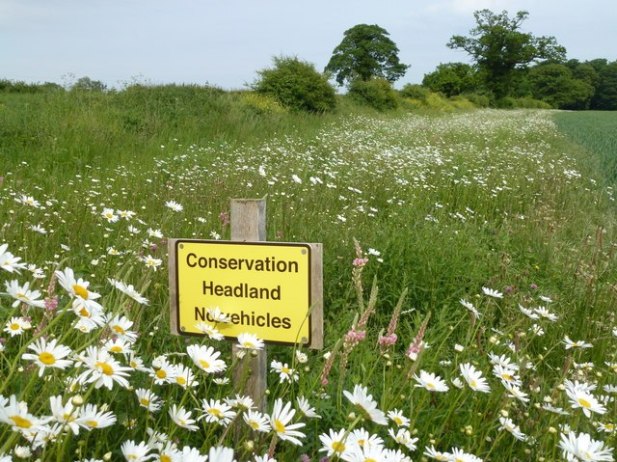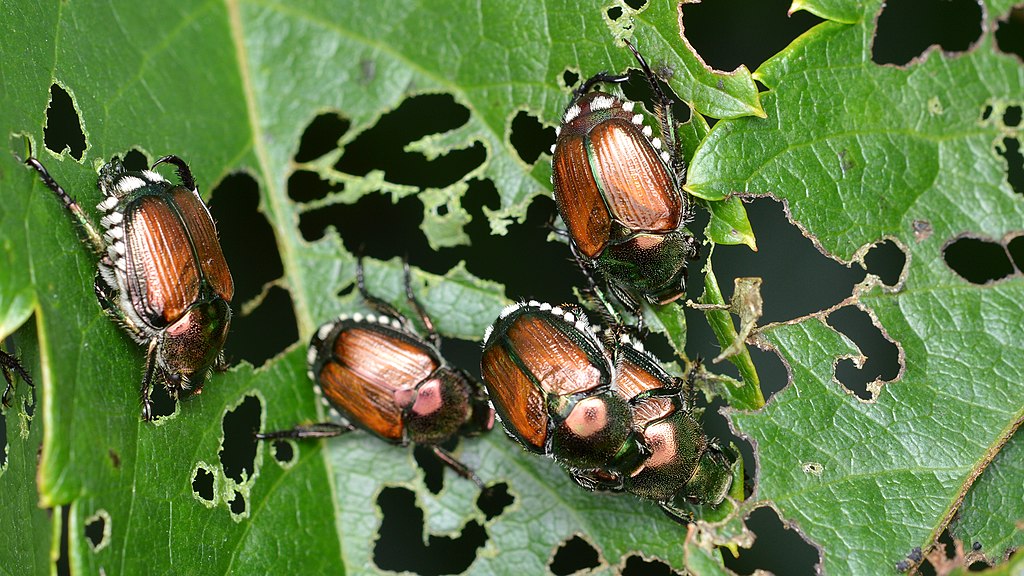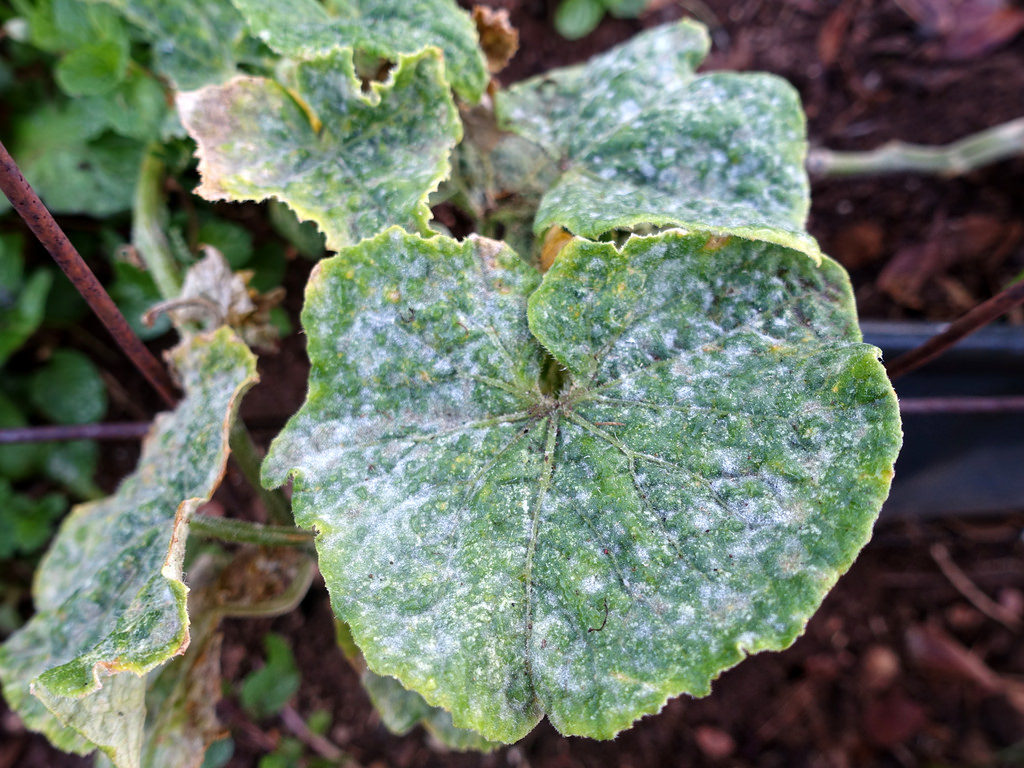
Grow Brassicas (aka Cruciferous vegetables)
It’s easy to grow brassicas, a family of over 30 common leafy vegetables including the popular cabbage, cauliflower, kale, broccoli, brüssel sprouts, turnips, collards, rapini and kohlrabi. Many of the leafy Brassicas like Kale and Collard greens are distinguished by a cross-like four petals and four sepals (outer covering of the flower).
They are members of the mustard family and edible plants in that grouping are called Cruciferous Vegetables. These have a long history. Turnips were depicted in ancient French cave etchings. Ancient Greeks used broccoli and cabbages were grown and eaten by Europeans over 4,000 years ago.
Brassicas are one of the most dominant food crops in the world and the most important crop of cool weather crops. They are high in sulfur content, often giving them a characteristic pungent flavour.
How to Grow Brassicas
All Brassica crops do well in partial shade and fertile non-acidic well-drained soil and grow best at temperatures between 4-24 degrees C (40-75 degrees C). Most varieties are easy to grow with the exception of the cauliflower which needs more care and is sensitive to temperature changes.
Prepare the bed in the fall by digging in a generous amount of manure or compost and removing obstacles.
Work a general fertilizer (20-20-20) into the soil before planting as these vegetables are heavy feeders. I recommend an additional application of a balanced fertilizer about 4 weeks after planting. Most of these vegetables are excessive leaf producers so plants not appearing to be growing well might benefit from a feeding of high nitrogen fertilizer.
Brassica varieties often have long growing seasons so they are best suited to planting seedlings rather than direct seeding. Distance in spacing seedlings varies between varieties. Follow the instruction posted on the seed packet. Start seeds eight to ten weeks before planting outside.
Most Brassica roots are close to the surface so it is important to mulch or ensure that the top few inches of soil do not dry out. Fluctuations in temperatures or water can cause many of these plants to bolt or split.
Timing – brassicas are cool-season crops and should be started early in the spring, as soon as possible after your last frost date (approx May 10 for London Ontario). Succession planting is a great option for brassicas and with row covers or other winter protection, you can harvest almost year-round!
Pests and Diseases
Clubroot can infect and kill any Brassica variety but is more prevalent on cabbage, turnips, and other rooted crucifers. Signs of this disease include yellow wilting leaves and roots becoming swollen often leading to wet rot. Remove all infected plants and destroy, insure soil is well-drained, and do not plant Brassicas in the same place the next year as this fungus can remain in the soil for up to 7 years.
The larvae of cabbage root fly can attack roots resulting in odd growth or death. The use of yellow purchased or homemade sticky traps will substantially reduce their population.
The cabbage white butterfly is a pest that can be controlled by row covers. Damage is usually to outer leaves and may not seriously affect the crop.
Harvest
Many Brassicas are harvested in the fall and the taste of Kale and Turnip even improves after a light frost or two. A few exceptions to the fall harvest tend to be kohlrabi, early cabbage, and green broccoli, which are all ready earlier in the summer. Carefully harvest with a kitchen knife separating the crop from the root as in cabbages, the crop from the stem as in Brussel sprouts, and the root from the leaves as in the case of turnips. Almost all leaves of Brassica rooted crops are edible.
Grow Brassicas – Some Recommended Varieties
Cabbage
Golden Cross Hybrid an early compact green variety
Red Express is a compact split-resistant early red with excellent flavor
Broccoli
Packman Hybrid, an earlier large-headed variety that will also produce many side shoots for harvest. Widely adapted to different climates and soils
Goliath is a large mid-season hybrid with compact growth of approximately 16 inches high.
Kale
Blue Curled Scotch Kale, compact mid-season plants with blue-green leaves. A short variety that is good for windy sites.
Russian Red is a mild heirloom variety with red-tinged oak type leaves. early maturing with purple-veined stems and a little more tender than most Kale varieties.
Brussel Sprouts
Evesham Special is an English Heirloom that produces large yields of tasty sprouts
Jade Cross is a popular early-season variety with high yields of medium-sized sprouts on the stems.
Cauliflower
Cheddar is a gorgeous orange variety whose color emanates from high levels of beta carotene. Good for fall harvest and heads do not require a cover.
Brocoverde is a lime green color which holds its color when cooked. Is a mid-season, mild-tasting, heat-tolerant variety.
Don’t miss the opportunity to include several vitamin-rich and easy to grow Brassicas in your garden!
More in-depth reading – Diseases and Pests of Vegetable Crops in Canada





About The Author: Ron Rossini
Ron's been a gardening resource in the London area for years; writing for local publications, doing radio segments, giving talks and advice for more than 15 years as an active master gardener and growing as many as 80 varieties of tomatoes.
More posts by Ron Rossini